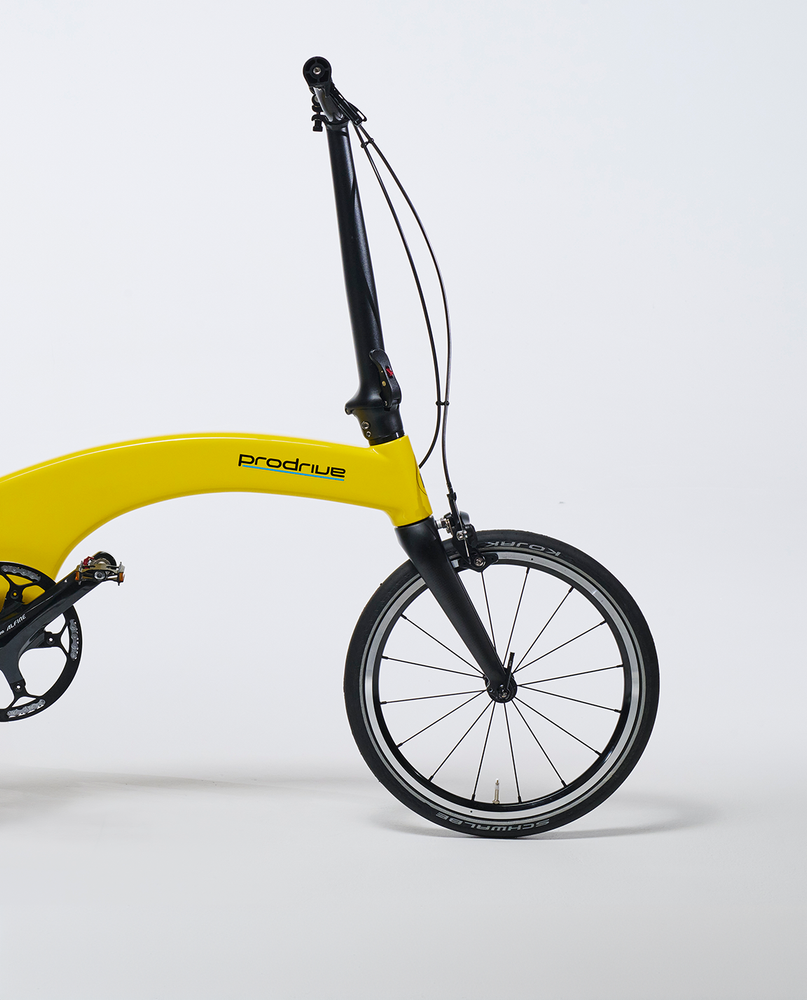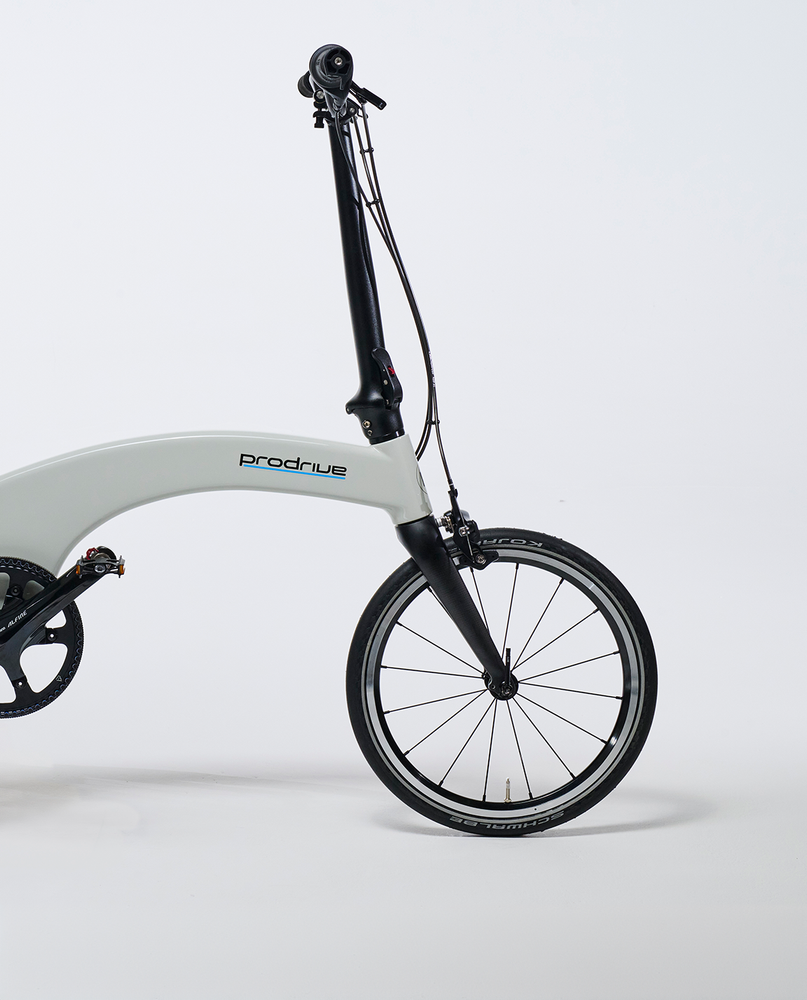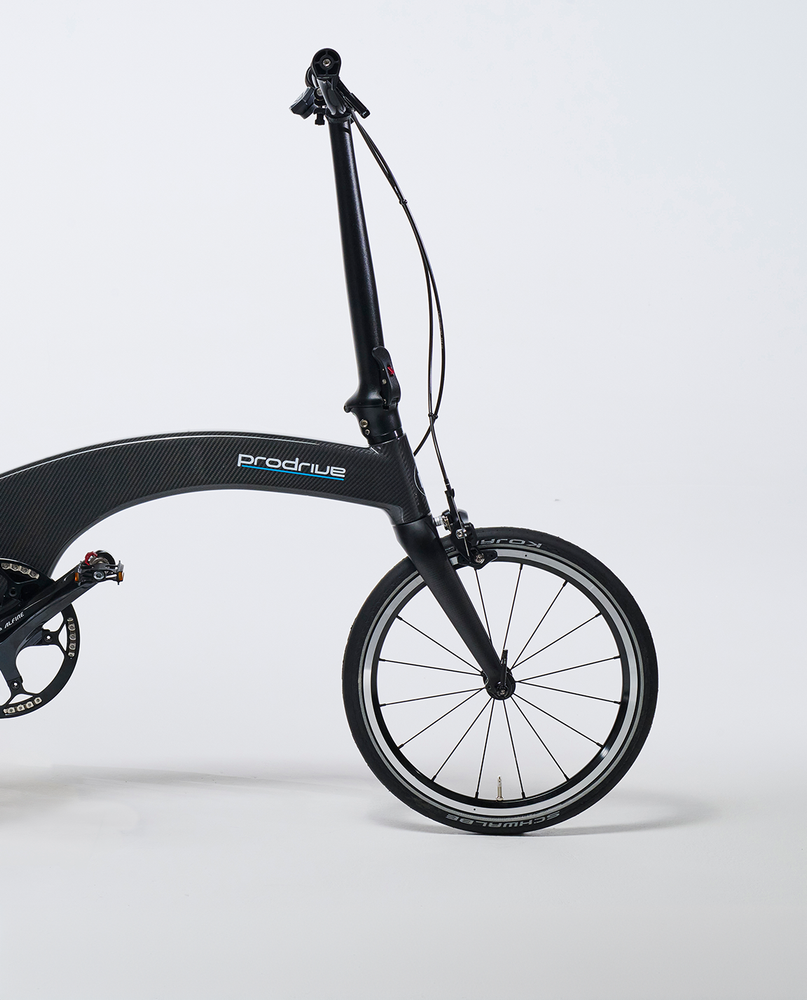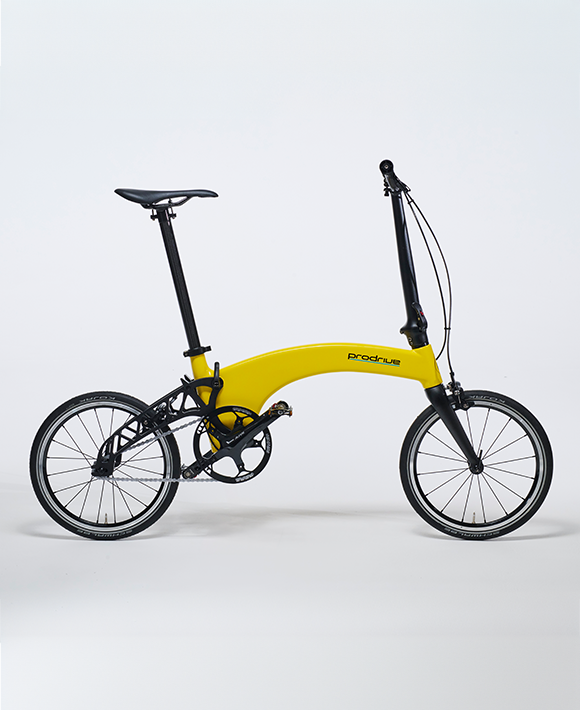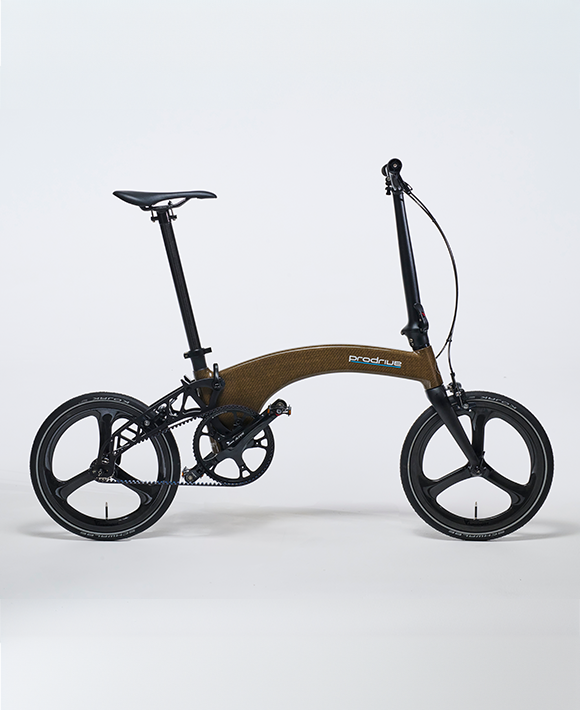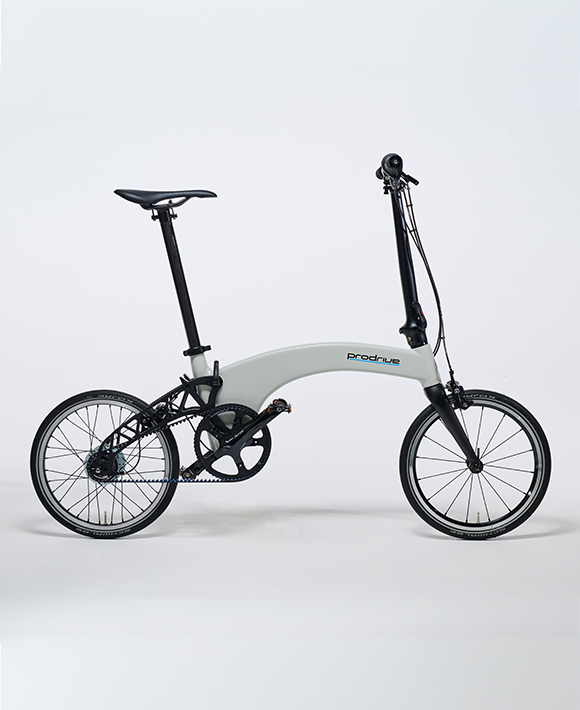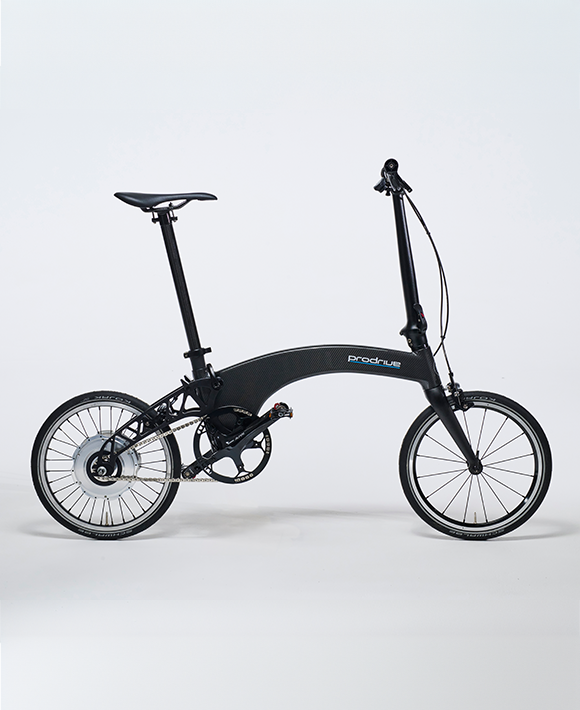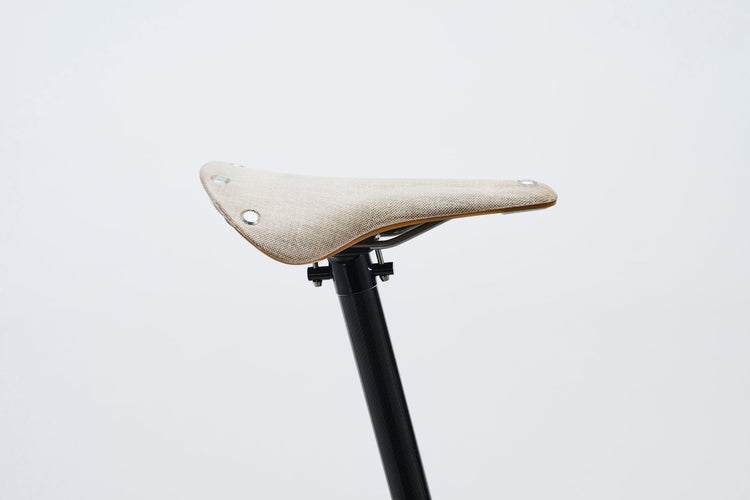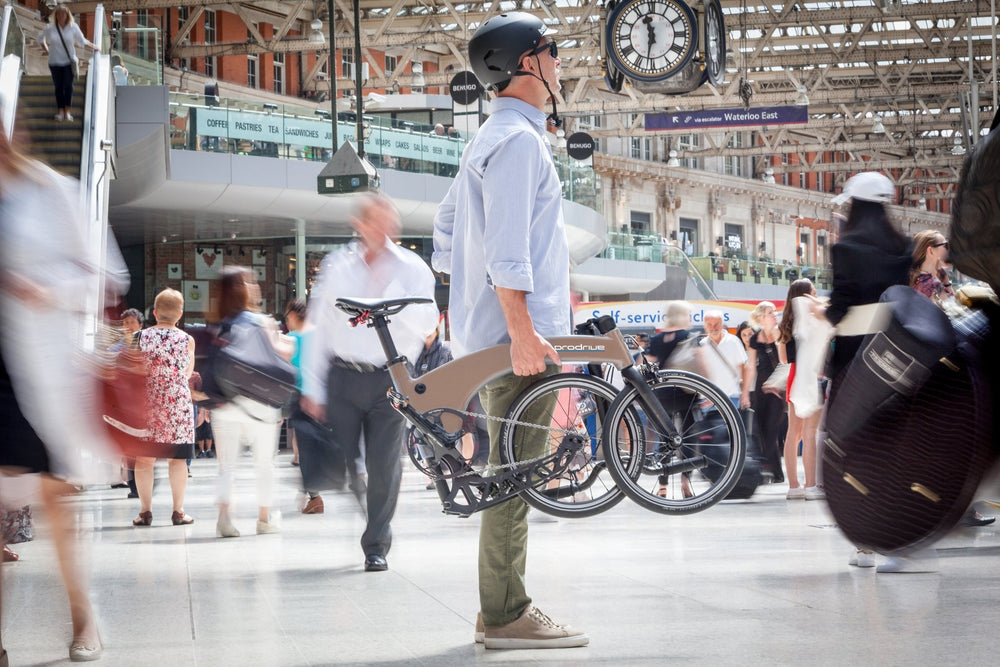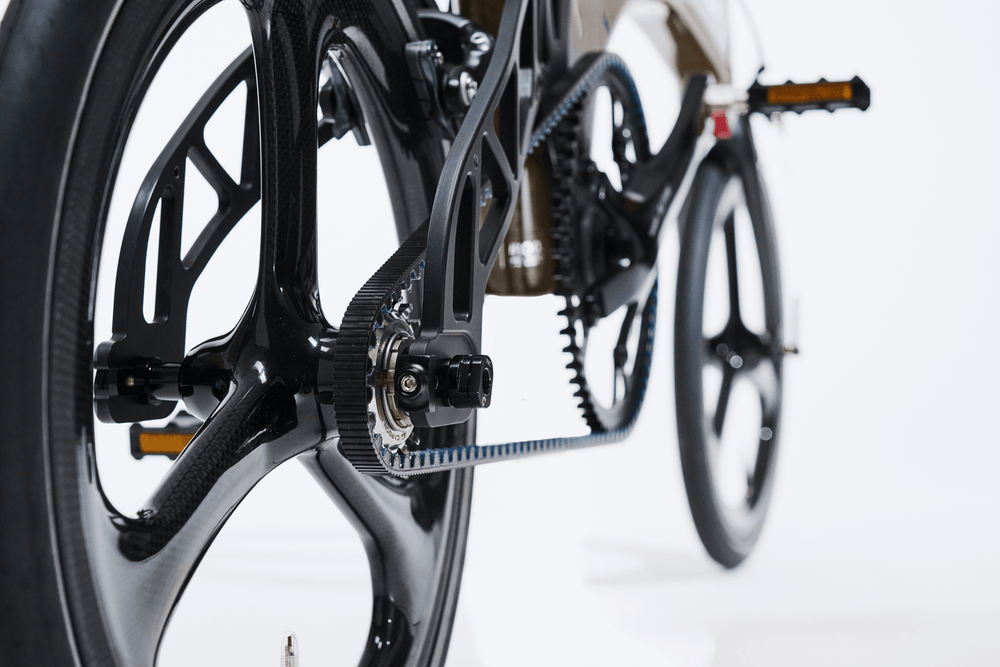You might also like

Brooks Cambium Rubber Grips
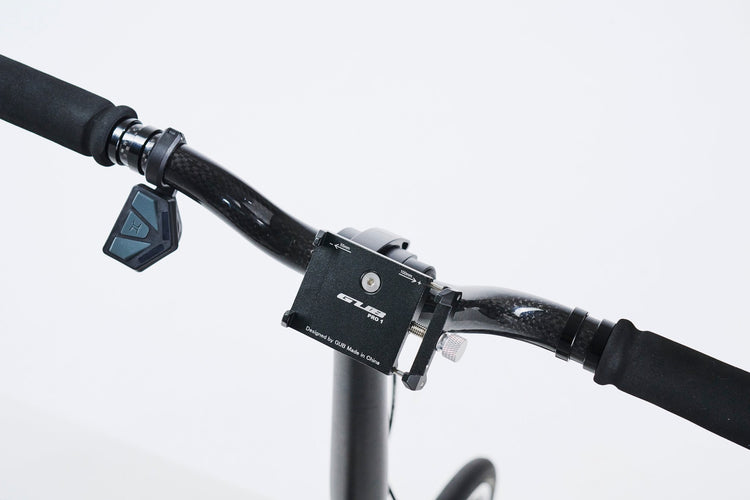
Phone holder

Sac de transport pour colibri
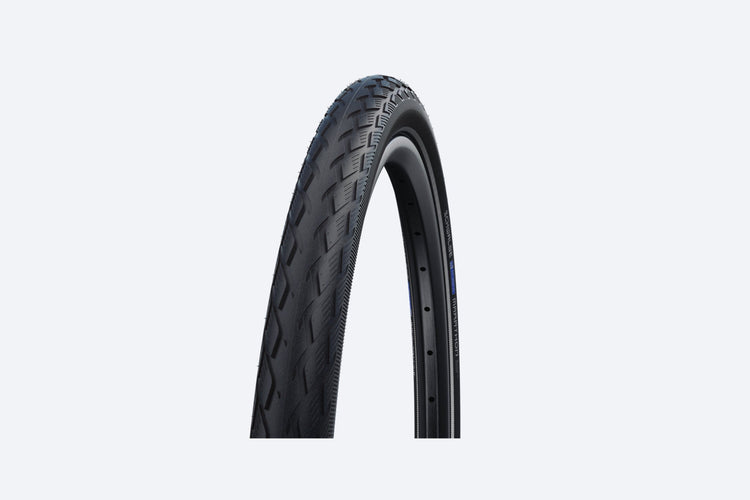
Schwalbe Marathon Tire Swap
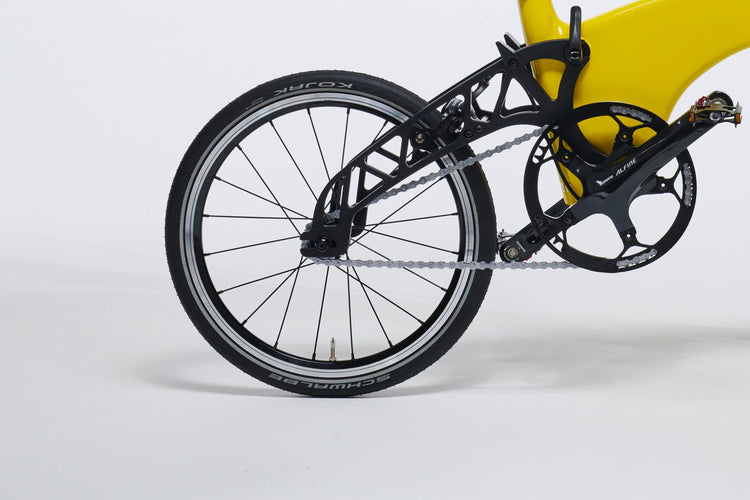
Spare Single Speed Wheel
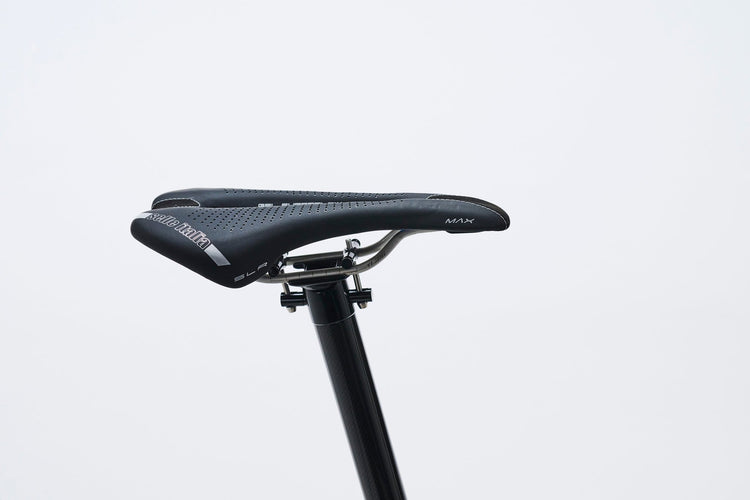
Men's Gel Saddle
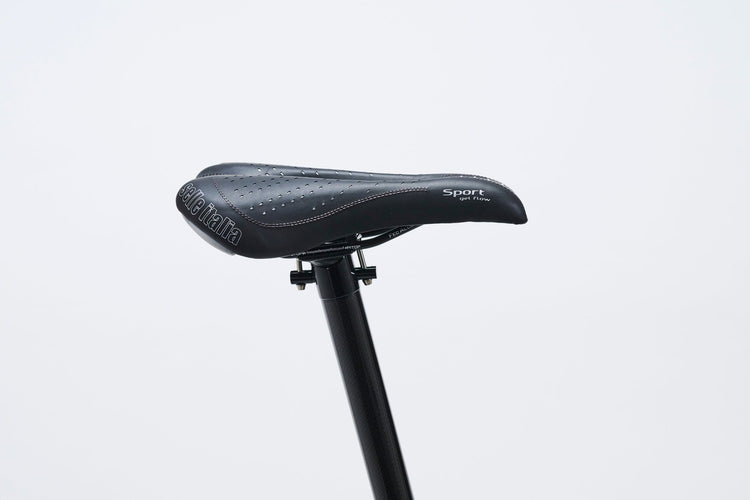
Women's Gel Saddle

16 May 2022
The London Commute; How the City is Making Cycling to Work Easier
London; a city famed for its rich history, lush green parks and museums aplenty. But, if you are a lucky local, you will know the city was also notorious for something less savoury; its comically terrible - and somewhat non-existent - cycle systems.
That was until now.
For decades, Londoners who opted to travel by bike were forced, by default, to cycle amongst the city's chaotic assemblage of cars, cabs and buses. And when you consider that London has long been amongst the world's top 10 most congested cities, you can be sure that this is not a small number of vehicles.
Meanwhile, cities such as Amsterdam, Copenhagen and even Berlin were prioritising the cleaner, planet-friendly and active traveller - the cyclist.
In recent years, the uptake of cycling in the city started to boom for many reasons; people became more planet-conscious, more health aware and then, of course, the pandemic hit to shake things up. Sure enough, city officials had to stand up, listen and take action to accommodate this flourishing habit.

The Shift to the Bike
Cycling in London is steadily on the rise and has been for a decade, with cyclists hopping on their seats for commuting, general transport, leisure and health motives. But when was this upshift? Well, let's go back in time first.
Following a national decline in the 1960s, utility cycling began its revival in the 1970s, continuing a steady growth until the start of the 21st century, when things really started to amp up.
Between 2002 and 2012, the number of daily bicycle journeys doubled to 580,000 - presumably linked to the 2010 launch of TfL's (Transport for London) cycle hire system, which we now know and love now as 'Santander Cycles'.
By 2013, the cycle scheme was alluring 500,000 keen riders each month, peaking at 1 million riders in July 2013. The cycle scheme was not only a bit of fun for the city; it gave people the confidence to ride in London and to then look into cycling as a form of daily commuting.
Despite this, the city's cycling infrastructure was still deemed unsafe by cyclists. Aside from journey distance, road safety was the main deterrent amongst people choosing to avoid the city cycle commute.
The people of London were looking to cities such as Amsterdam and concluded that there are ways of making our roads cycle-safe if officials invested some time, money and resources. Unsurprisingly, people called on politicians for safety improvements with help from cycling organisations and the media.
Fast forward to more recent times, in 2020, London's yearly cycle count took place in Autumn due to the coronavirus pandemic, revealing that there was a 7% increase in inner London cycling and a 22% increase in outer London when compared to spring 2019.
TfL research showed that aside from commuting, people were also hopping on their bikes more frequently to travel around their local areas, nip to the local high street and exercise.
Particular hotspots in the 2020 cycle count included:
- 236% year-on-year increase for cyclists on High Road Wembley
- 90% year-on-year increase for cyclists on High Road Leyton
- 61% year-on-year increase for cyclists on Heath Road, Twickenham
TfL data also shows noteworthy increases in weekend cycling, with an 85% increase on the weekend of 16 - 17th January 2021.
The Benefits of Cycling in London

Cycling to work comes with boundless advantages of cycling to work, many of which have been the catalyst to the rising popularity in London. However, some are lesser known to the unsuspecting cyclist.
Saving Precious Time
Earlier we touched on London consistently being one of the world's most congested cities - we weren't joking. Drivers in the capital waste an average of 148 hours per year stuck in traffic, and just to size that up, the national average is just 73 hours.
The capital took on many opponents to become the world's most congested city, and it surpassed the likes of New York with an average of 102 hours, Moscow clocking up 108 hours, Brussels with 134 hours in traffic and Paris with an equally bleak average of 140 hours wasted in traffic.
All this congestion of course means each car journey is likely to be slower than a cycle commute. Taking the bike to work means your average speed is 2.4mph faster than the average speed of other road users.
Cutting Costs
It's not unusual for customers to be hesitant with the initial costs of buying a high quality and reliable bike, but trust us when we say you will recuperate these costs.
Aside from the initial lump sum to purchase your bike and very, very occasional maintenance costs, the running costs of a bicycle are virtually non-existent. You could save on fuel costs, road taxes, insurance, public transport, and well, you can cancel that monthly spin class membership.
- £2435 = The average yearly cost of running a petrol car
- £205 = The average price for a London residential car park permit
- £3,750 = The yearly ULEZ charge for a non-compliant car
- £3,525 = Average yearly London congestion charge costs
- £2812 = The yearly price of a zones 1 to 6 travelcard
Saving Our Planet
Choosing to unlock your bike every morning instead of your car is a decision that helps to improve the health of our planet, as well as our own.
Cycling reduces pollution, noise pollution and general congestion around the city, freeing the roads up for more necessary road traffic. Emissions from cycling are around 30 times lower for every trip than driving a fossil fuel car, and still 10 times lower than economical electric cars.
And, not to brag, but due to the sustainability of the materials, our Flax Folding Bike is the second most sustainable form of transport, only to be beaten by walking.
Improving your Health
Health benefits are quite simply the most significant benefits of cycling to work. Cycling not only enhances your physical health but your mental health too; something we are considerably more conscious of in recent years.
Regular cycling comes with a 46% lower risk of developing cardiovascular disease, reducing the risk of general ill health and premature death. Other physical health benefits are increased muscle strength, strengthened bones, lower body fat, improved joint mobility - need we carry on?
London’s Cycle Schemes
Sadiq Khan, Mayor of London, has an overarching goal of 80% of all journeys in the capital to be made by walking, cycling or public transport by 2041. With that, plans are in place to improve the infrastructure for all three of these eco-friendly options.
The Cycling Action Plan is a strategy from TfL to achieve the Mayor's goals and make London a city where its population feels comfortable and safe getting on a bike when possible, despite age, gender or ability.
So, what’s in the pipeline for London’s cycling infrastructure?
Cycling Action Plan
Cycleways
London currently has over 260km of cycleways, with more than 450km of new Cycleway routes to be built by 2014. Design quality criteria standards have been defined and every new cycle route will be built to these standards.
The 450km will include Cycle Superhighways and Quietways.
Some of the exciting future developments will enhance the following areas for cyclists:
- Battersea Park Road
- Wembley and Willesden Junction
- Camden and Tottenham Hale
- Lea Bridge and Dalston
- Hackney and Isle of Dogs
- Greenwich and Woolwich
- West Kensington, Hammersmith, Chiswick and Brentford
Safer Junctions
The Mayor and TfL will work in symphony to find ways to reduce road dangers at London's most dangerous junctions. There are currently 73 junctions on the list, and these works will benefit pedestrians as well as cyclists.
Livable Neighbourhoods
Taking the work off the main roads, livable neighbourhoods will be popping up in key areas across the capital, improving conditions in the local areas for cyclists and walkers.
Cycle Schemes
Cycle Scheme
The aptly named 'Cycle Scheme' allows commuters to save 26-40% on a new bike for work. You will save on paying the tax for your bike, and the scheme allows you to choose a bike and hire it for an agreed timeframe. The idea is to wind the bike's value down to a fair and manageable amount.
Hummingbird is proud to be partnered with Cycle Scheme; meaning you can get help purchasing your sustainable folding commuter bike!
Cycle2Work
Halfords Cycle2Work is another government initiative to help get riders on the road. Similarly to the Cycle Scheme, you don't have to pay tax or national insurance on your bike, allowing you to save up to 43% off your new work bike. Cycle2Work partners with your employers, so the lower cost of your bike will then be a deduction from your payslip over 12 or 18 months.
Bike2Work Scheme
Bike2Work has over 2,200 partner stores for you to find your next bike at a lower cost. Even if you are already smitten with your bike, you can save up to 42% on cycling equipment to heighten your experience.
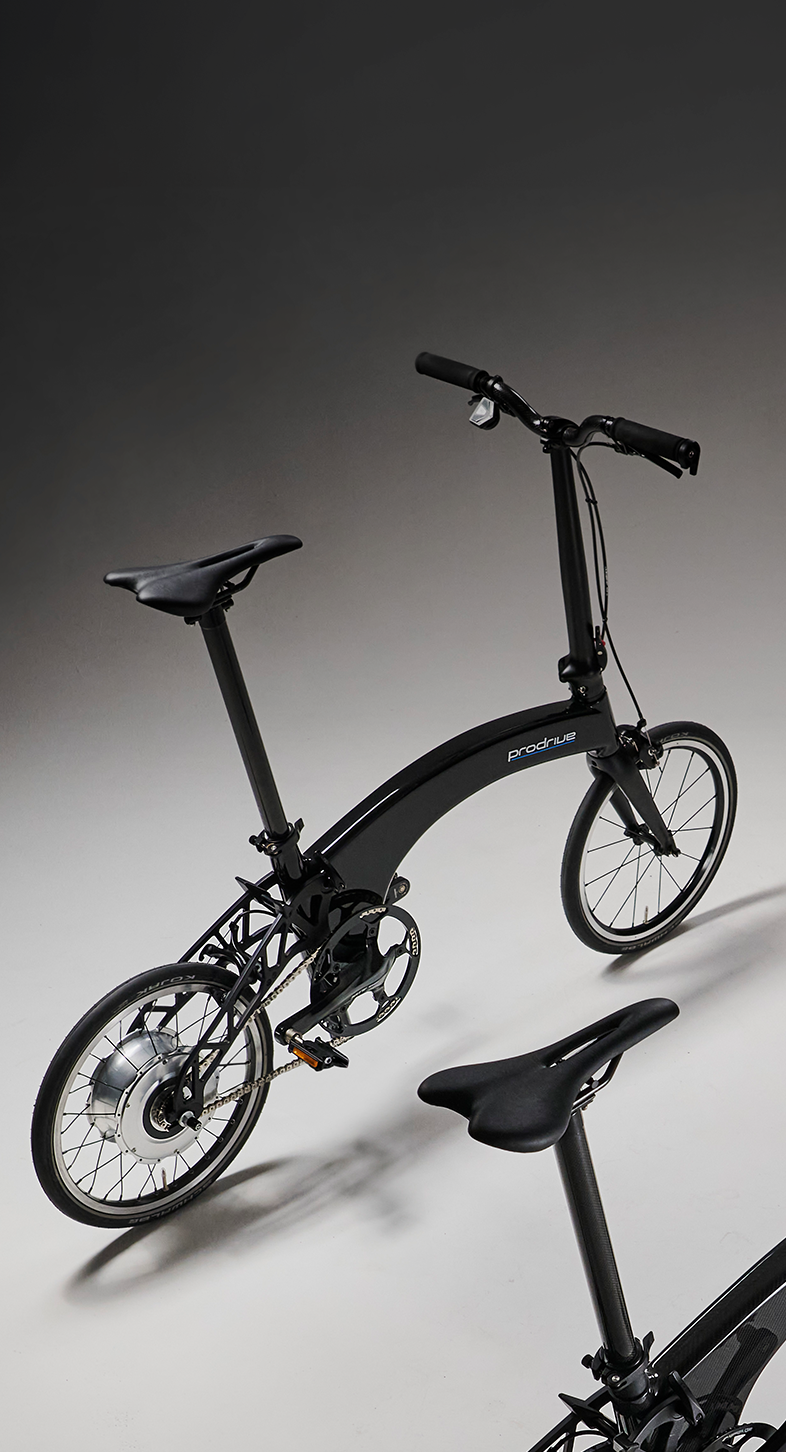
Prodrive Folding
Electric Bike
The ultimate city bike is here.
Latest from
the magazine
